ADHD: Can Mindfulness Help?
Posted on March 20, 2013 by Debra Burdick
Can mindfulness help ADHD? Lidia Zylowska, MD of UCLA says ‘yes’. She and her colleagues conducted a feasibility study on mindfulness for teens and adults with ADHD. A majority of the participants reported decreased ADHD symptoms as well as less stress, anxiety, and depression. Cognitive testing showed improvements in attention, memory, and reasoning. What person with or without ADHD couldn’t benefit from at least some of these things?
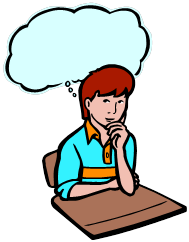 What is mindfulness? According to Jon Kabat-Zinn mindfulness is ‘paying attention to something in a particular way on purpose non-judgmentally’. Notice that the core of this definition is ‘paying attention to something’. As we know, a hallmark of ADHD is trouble concentrating or paying attention. ADHD is a deficit in your ability to regulate your attention. You set out to finish a work project and the next thing you know you are checking your email, or getting up to get a snack, or calling a friend to tell them how hard your project is. And then you don’t finish your project in time.
What is mindfulness? According to Jon Kabat-Zinn mindfulness is ‘paying attention to something in a particular way on purpose non-judgmentally’. Notice that the core of this definition is ‘paying attention to something’. As we know, a hallmark of ADHD is trouble concentrating or paying attention. ADHD is a deficit in your ability to regulate your attention. You set out to finish a work project and the next thing you know you are checking your email, or getting up to get a snack, or calling a friend to tell them how hard your project is. And then you don’t finish your project in time.
The good news is that mindfulness can help you train your ability to pay attention. The basic process of mindfulness is:
- Choose what you will pay attention to
- Notice when your mind wanders (It’s normal for thoughts to wander)
- Acknowledge and accept that your mind wandered without beating yourself up about it.
- Dismiss the distracting thought, emotion, sound, or activity
- Return you attention to what you originally chose to pay attention to
- Repeat this process over and over
Here’s an example of using this basic mindfulness process. You decide you want to pay attention to getting a work project done. You bring your attention to the project and start working on it. You soon notice that you are checking Facebook, not working on your project. That’s okay. Now that you noticed that you were distracted, acknowledge that you were distracted and gently bring your attention back to where you left off on your work project. Do this over and over and over until the project is done. As you repeat this process you are re-training your brain to regulate your attention and therefore with practice this process will get easier.
What’s the difference between mindfulness and meditation? I consider meditation to be a subset of mindfulness. Meditation typically entails sitting quietly for 10 – 30 minutes or more and calming the mind, while either focusing on a word, sound, thought that you have chosen as your target of attention, or while simply noticing what arises. Although people with ADHD can learn to do this type of mindfulness, many of my clients with ADHD have told me they find it too difficult to start with this type of practice. They usually enjoy more success by starting small and gradually working up to a practice that entails longer periods of sitting.
Mindfulness can encompass a variety of skills. These include being able to be present in the moment while doing a task, or paying attention to the breath, thoughts, or emotions. Being mindful when walking or exercising can be a great option for those who struggle to sit still. Listening to guided imagery meditations can help those with ADHD stay focused. My Mindfulness Toolkit CD contains 10 practical mindfulness skills that can help you practice mindfulness.
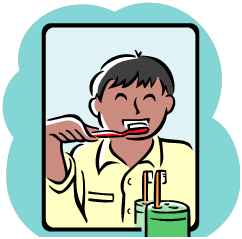 Try this example of a present moment awareness of task skill. Next time you brush your teeth set your intention to pay attention to all aspects of brushing your teeth. Notice the color of the toothbrush. Pay attention to how it feels in your hand, its weight, texture, and temperature. Notice how the toothpaste tube feels in your other hand. It is full, empty, or half-full? Pay attention to opening the cap and gently squeezing the toothpaste onto your brush. Bring the brush up to your nose and take a whiff of the fragrance. Next, put the brush up against your teeth and notice how it feels as you start to brush. Notice the flavor of the toothpaste and how it feels on your teeth, tongue and mouth. When you rinse, notice how the water feels as you swish it around your mouth and spit it out. Run your tongue along your teeth and notice if they feel clean and smooth or still furry.
Try this example of a present moment awareness of task skill. Next time you brush your teeth set your intention to pay attention to all aspects of brushing your teeth. Notice the color of the toothbrush. Pay attention to how it feels in your hand, its weight, texture, and temperature. Notice how the toothpaste tube feels in your other hand. It is full, empty, or half-full? Pay attention to opening the cap and gently squeezing the toothpaste onto your brush. Bring the brush up to your nose and take a whiff of the fragrance. Next, put the brush up against your teeth and notice how it feels as you start to brush. Notice the flavor of the toothpaste and how it feels on your teeth, tongue and mouth. When you rinse, notice how the water feels as you swish it around your mouth and spit it out. Run your tongue along your teeth and notice if they feel clean and smooth or still furry.
Choose 2 tasks you do on a regular basis and set your intention to pay attention while doing those tasks. Use the basic mindfulness process to notice when you are off task and bring your attention back. Follow the process outlined above in the toothbrush example to notice every tiny detail of the task you are doing whether it is taking a shower, doing a work project, or talking with your spouse or kids. Reflect on what it was like to do this and notice if it gets easier with practice.
I would love to hear your personal experiences with this topic.
Categories: ADHD, Articles, Business/Workplace, Mindfulness, Peak Performance, Self Regulation

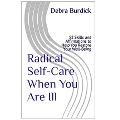

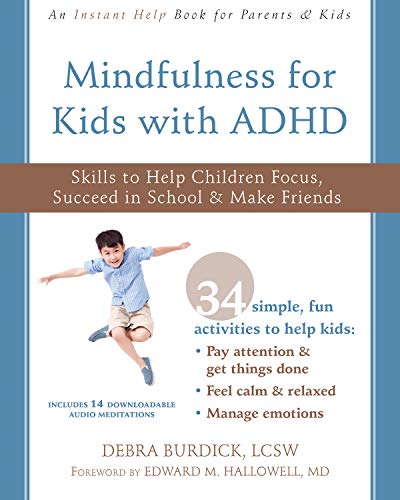
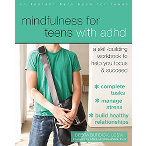
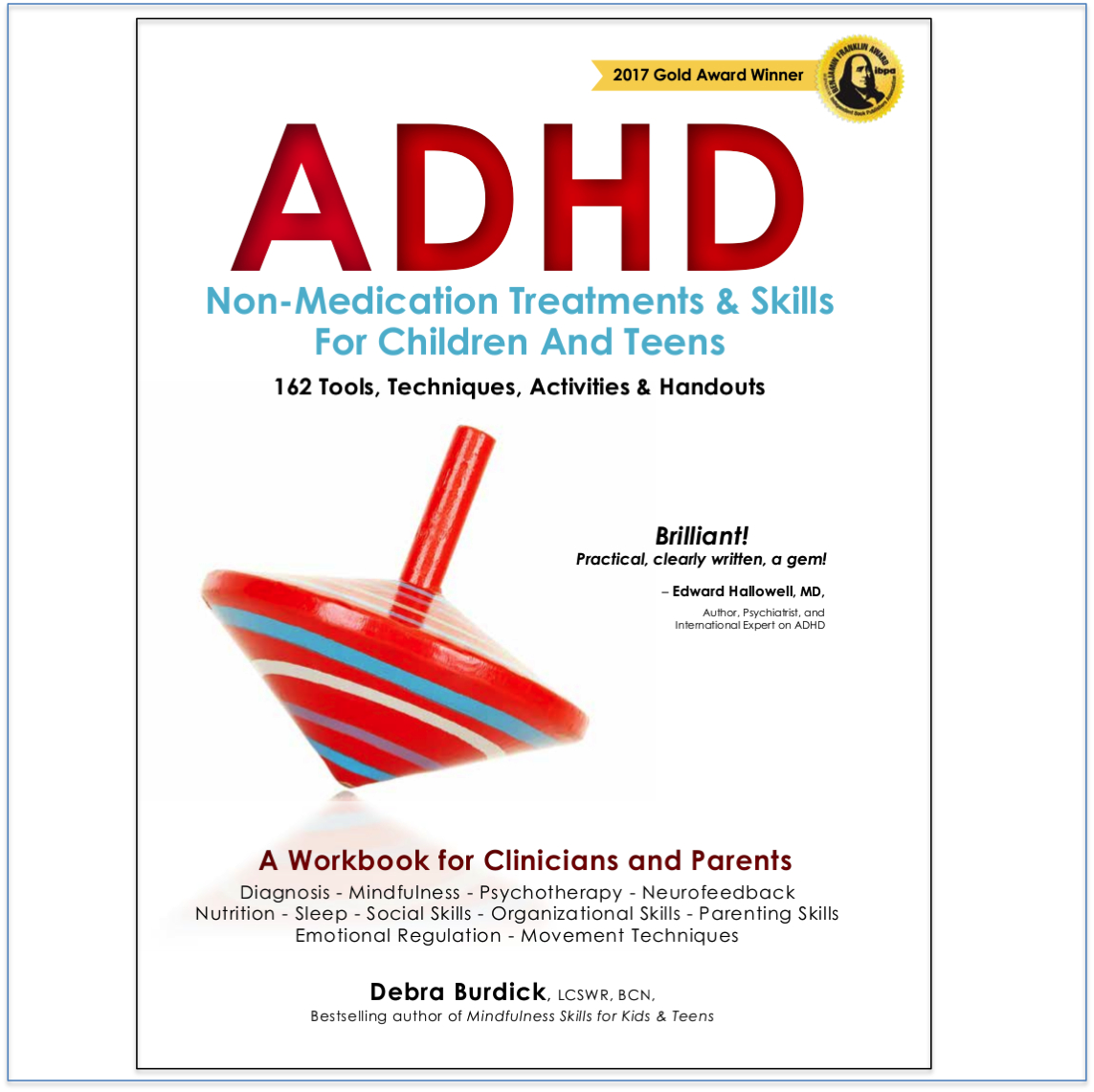
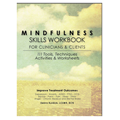
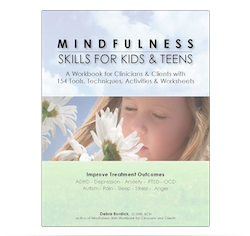
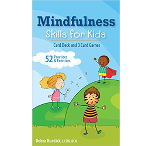
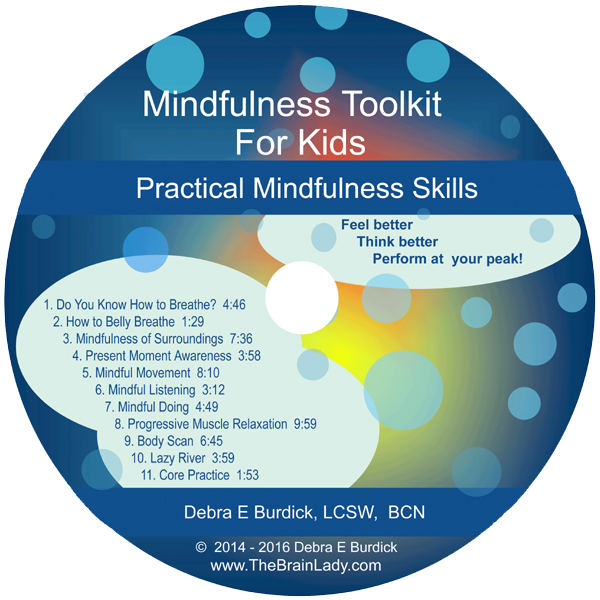
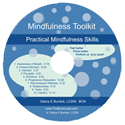
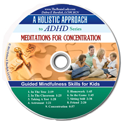
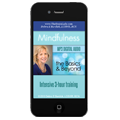
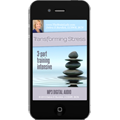
No comments yet. You should be kind and add one!
The comments are closed.